Fausto Melotti (Rovereto, 1901 - Milan, 1986) was a multifaceted and very prolific artist, and it is almost impossible to tie his production to a particular technique or theme without providing only a partial view of his artistic vision. The salient characteristics that are constant in Melotti are geometrism, the study of ’abstraction, which leads him to use elements that are realistic but not scientifically accurate, and the arrangement of elements in a way that resembles a musical rhythm, a detail that hints at his training as a musician.
The sculptures for which he is best known consist of geometric elements made from metals (brass, iron, and gold) worked into thin filaments, resulting in ethereal, weightless, almost fragile compositions. Several of his sculptures appear outside renowned museums or buildings, including MART - Museo di Arte Contemporanea di Trento e Rovereto, GAM - Galleria d’Arte Moderna di Torino, and the Fondazione Pirelli HangarBicocca in Milan.

Fausto Melotti was born in Rovereto, in the province of Trento, on June 8, 1901, at the time when the territory was part of theAustro-Hungarian Empire. Here he began his studies, but following the outbreak of World War I his family moved to Florence, where Melotti finished his high school studies. At the conclusion of the conflict he returned again to Rovereto and came into contact with the city’s cultural and artistic milieu, beginning to associate with Fortunato Depero and Gino Pollini, among others. He then continued his education at the Milan Polytechnic, where he graduated in electrical engineering. He later decided to also earn a piano diploma and enroll in a sculpture course in Turin, where he had sculptor and composer Pietro Canonica as a professor. In 1928 Melotti again returned to Milan and this time attended the Brera Academy, becoming a student of Adolfo Wildt. There Melotti met another student, the celebrated artist Lucio Fontana, with whom he formed a long human and artistic association. Later they both joined the Abstraction-creation movement and developed very solid ideas about non-figurative art.
For a time, Melotti worked at the commercial ceramics factory Richard Ginori, together with another designer friend, Giò Ponti. In the 1930s, the period of Melotti’s early activities in sculpture, the artist gravitated to a group of artists who frequented the Galleria del Milione in Milan, which included Osvaldo Licini, Antonio Soldati, Manlio Rho, Lucio Fontana, Giorgio Radice, and the rationalist architects of Gruppo 7. Melotti collaborated with the group not only on an artistic level, but also through various writings and essays with which he contributed to the dissemination of the basic concepts of ’abstract art in Italy. In addition, Melotti was among the founders of the magazine Quadrante.
His contribution to the dissemination of abstract art theories continued in 1935, when the text Kn by Carlo Belli, Melotti’s cousin, was published. This writing reported the experiments of the abstractionists who used to meet and confront each other in Milan at Bar Craya. Later, Vasily Kandinsky called Kn “The Gospel of Abstract Art.” In the same year, Melotti participated, together with the Milanese abstractionists, in the first group exhibition of non-figurative art in Turin, in the studio of Felice Casorati and Antonio Paolucci. On this occasion the Manifesto for Abstract Art was drafted and signed. Subsequently, the artist inaugurated his first solo exhibition held at the Galleria il Milione in Milan. This first public exhibition did not attract much attention in Italy, however it was well received in France and Switzerland, where, by the way, he received the La Sarraz International Prize in 1937.
Between 1941 and 1943 he settled in Rome, and in the postwar period he specialized in ceramics, developing a very refined technique of high quality, thanks to which he received numerous awards including the Grand Prize of the Triennale in 1951, from the Prague Gold Medal and the Munich Gold Medal.
In the second half of the 1960s, Melotti experienced a period of great satisfaction, as a result of his participation in several Italian and international exhibitions that helped to increase his fame among the general public. In 1979 an anthological exhibition was dedicated to the artist at the Palazzo Reale in Milan, and in 1981 a major retrospective of his works was held at Forte Belvedere in Florence. On the occasion of this exhibition, Italo Calvino wrote a text dedicated to the work Gli effimeri. In subsequent years Melotti continued to be featured in exhibitions held in major Italian and international cities, including Rome, Venice, New York, London, Zurich, Frankfurt, and Paris. Melotti died on June 22, 1986 in Milan, and in the same month the Golden Lion in Memory was dedicated to him during the 42nd Venice Biennale. The Liceo Artistico Statale in Cantù, where he had been a teacher for a time in 1932, bears his name.
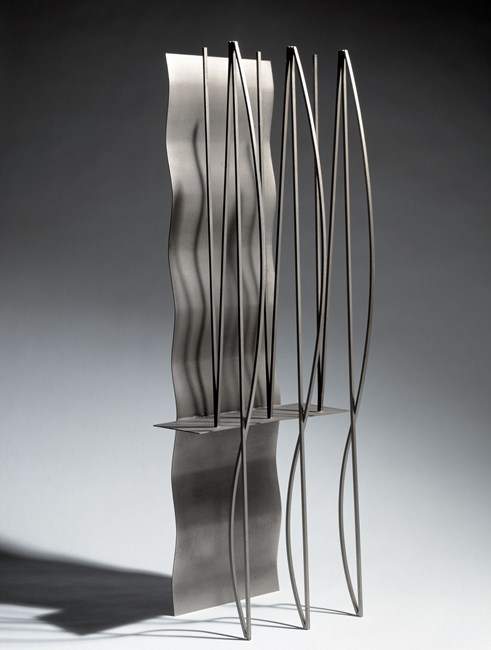

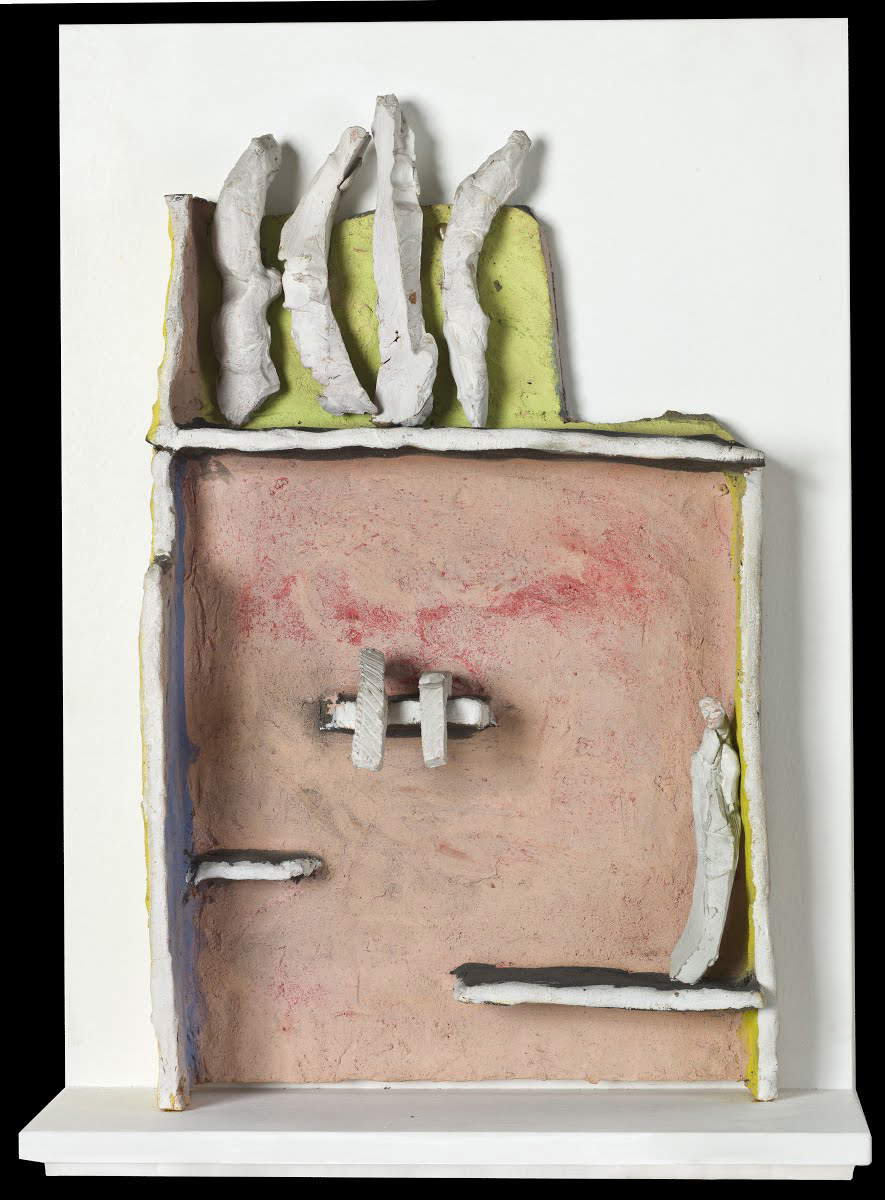

Melotti’s artistic vision is translated into a vast production of sculptures and drawings that range between figurative, geometrism and abstractionism, while still maintaining the constant of personal research, characterized by arranging elements in space following rhythms akin to music. Before becoming an artist in his own right, Melotti had, in fact, trained in music and studied mathematics and engineering, and it is no coincidence that several influences from his heterogeneous background can be seen in his works.
It seems evident in many of Melotti’s works that he intended to include realistic elements, yet not scientifically accurate, so as to maintain an attitude of immediacy that is sometimes emphasized by references to the primitive world. Many studies of Melotti’s work link this tendency to reject scientific accuracy with the trauma of having experienced the drama of World War I when he was very young, not yet of age. Certainly it is almost impossible to tie Melotti’s production to a particular technique, or to draw clear boundaries between different tendencies, both because of the vastness of his production and his personal vision of art. Indeed, he himself declared, “When I create, I have no preordained plan: the creative process remains mysterious to me. I often start with the idea of making a sculpture and end up making a drawing, or vice versa.”
The first results in sculpture, in the 1930s, confirm this character of his, as they are initially figurative and then turn to geometrism. One of the works from this period is the famous Sculpture No. 14 (1935 - 1965). Melotti often engaged in works that intersected with architecture, design and the space around the work. In 1937 he created a “key-work” named Constant Man, for the so-called Room of Coherence designed by the B.B.P.R. (Banfi, Belgiojoso, Peressutti, Rogers) studio. The work consisted of twelve sculptures arranged in the space in a rhythmic way, so as to create a true environmental installation aimed at creating a harmony between colors, words, surfaces and space.
During his stay in Rome between 1941 and 1943, Melotti participated in Figini and Pollini’s Armed Forces Palace project, while at the same time he continued to draw, paint and compose poetry.
In the 1940s he made a number of ceramics in which he expressed the anguish that again assailed him, finding himself again experiencing the fear associated with the outbreak of the Second World War. During the conflict, his studio was destroyed by aerial bombardment. This episode caused a very important and radical change in his artistic vision, leading him to suspend his experiments in abstractionism, devoting himself exclusively to figurative art throughout the 1950s. He made figures with ceramics and terracotta during this period that were rather enigmatic, and he decorated them by favoring vivid polychrome glazes. These include the Teatrini, small scenes made with ceramics and painted clay, in which interior settings are recreated that have neither a time nor a definite place, because they have not happened and can never happen.
A few years later,Melotti met architect Giò Ponti, who involved him in two major projects, one in Caracas for Villa Planchart (1956) and another in Tehran for Villa Nemazee (1960).
In the 1960s, Melotti again tried his hand at sculpture, using delicate wires and very thin sheets of brass, iron, and gold. Through the use of these materials, Melotti expressed a new, humanist and more mature sensibility, integrating dreamlike and symbolic aspects on very finely worked constructions. The end result was light, fragile and ethereal sculptures that suggested a feeling of surreality and irony together. These works present a repetition of elements such as the circle, the cylinder, and the verticalized line as opposed to horizontally developed elements, which take the recurring names of The Seven Sages, Prelude, The Embrace, Untitled, The Moody Cow, and Sapling, which he made in several versions over the years.
In the 1970s and 1980s, Melotti investigates architecture from a fantastical perspective, creating an unrealistic environment emphasized by arranging objects in suspension, as if they were in an environment in the absence of gravity. This element becomes evident in many works such as Contrappunto semplice (1972) and Contrappunto VII (1972). Melotti also made large sculptures designed for outdoor display, which intersect in disparate contexts. Scultura H (La grande clavicola) (1971) is placed in the garden of the MART - Museum of Modern and Contemporary Art of Trento and Rovereto; Modulazione ascendente (1977) is in the courtyard of the GAM - Gallery of Modern Art in Turin; and La Sequenza (1981) has been located since 2010 in the outdoor garden of the Pirelli HangarBicocca Foundation building in Milan. Another such example is in the Gori Collection, located inside the Fattoria di Celle, in Santomato (Pistoia). The sculpture, titled Themes and Variations II (1981), was initially intended for the embankments overlooking the town specifically for an exhibition dedicated to the artist. When the exhibition closed, Melotti and Giuliano Gori decided to find a new location for the sculpture, opting for a small body of water near the villa. The arrangement proved optimal, as the metal elements were reflected in the water, giving the work an evanescent air and creating an interesting relationship between the work and its surroundings.
A noteworthy detail concerns the use of some photographic reproductions of Melotti’s works as covers of Italo Calvino’s novels by the Mondadori publishing house for the reissue of the writings in the Oscar Mondadori series in the 2000s.
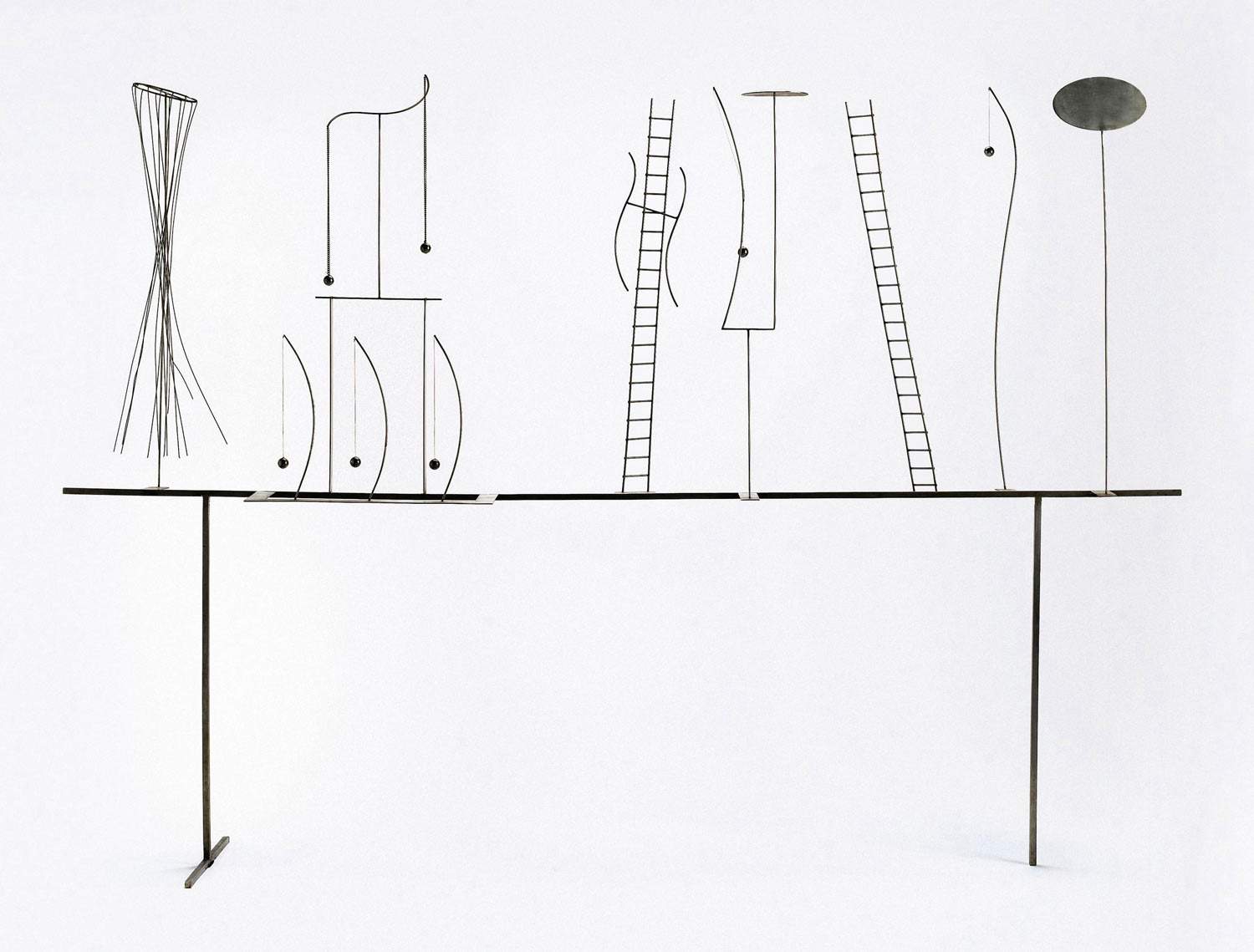
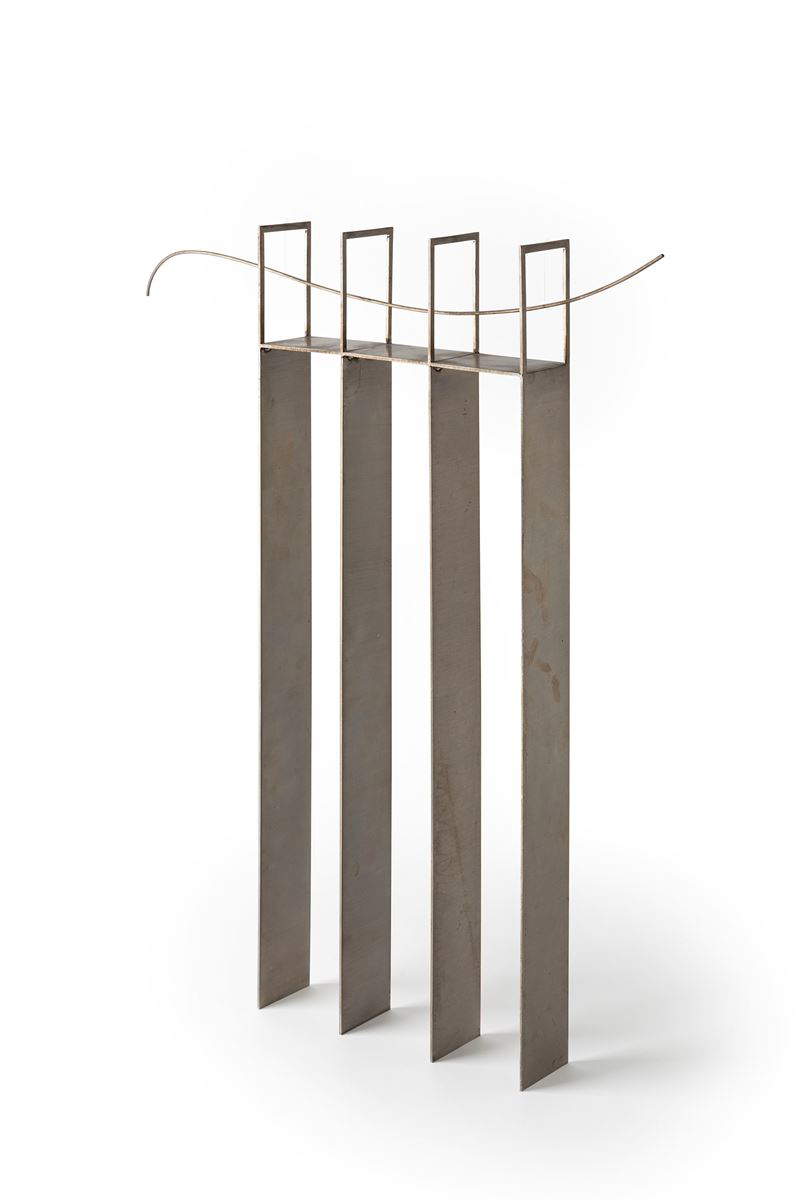
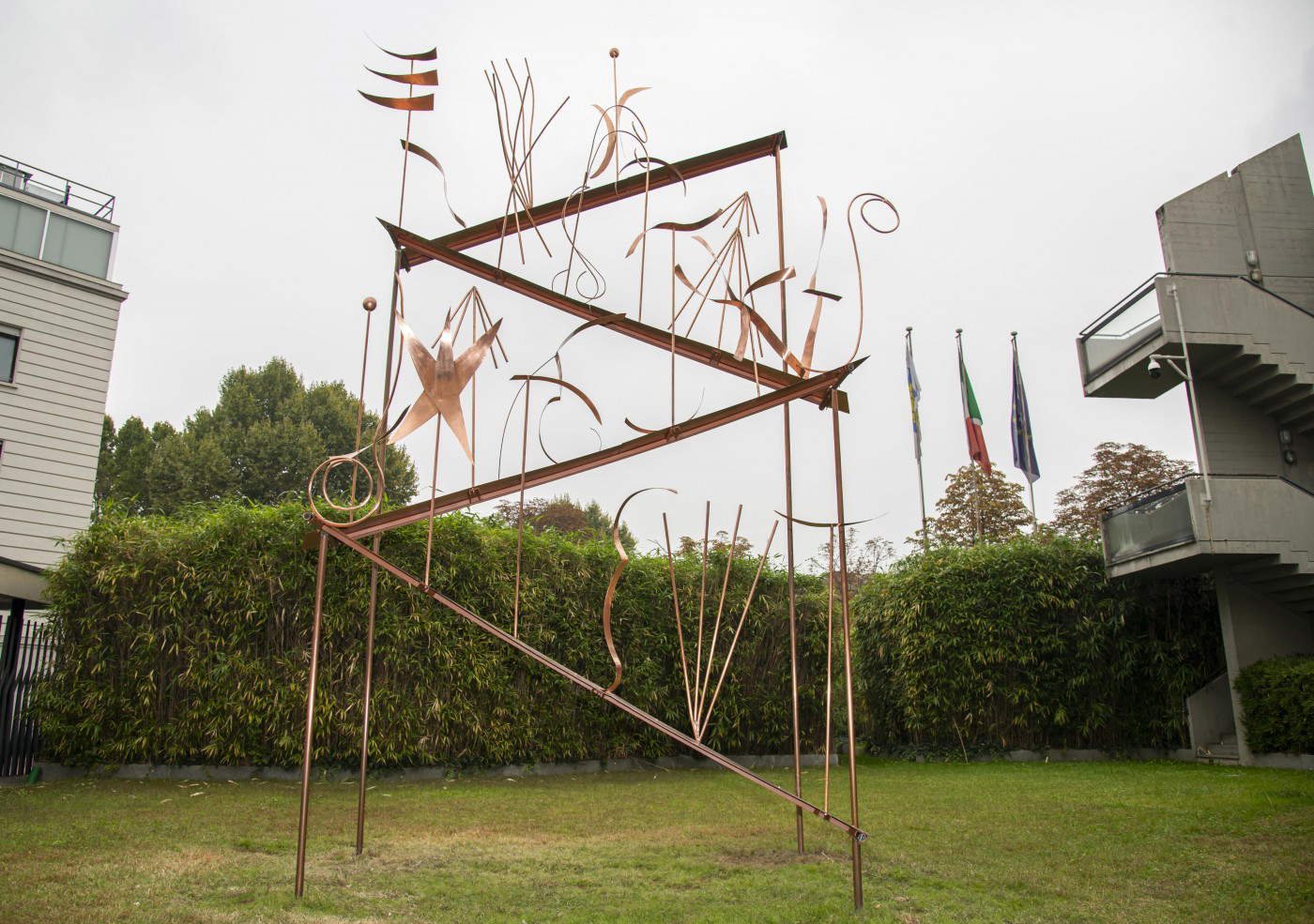

It is possible to see some of Melotti’s sculptures outside famous buildings and museums. They include Sculpture H (The Great Clavicle) (1971) in the MART - Museum of Modern and Contemporary Art of Trento and Rovereto - Melotti’s hometown; Ascending Modulation (1977) in the courtyard of the GAM - Gallery of Modern Art in Turin; The Sequence (1981) in the Pirelli HangarBicocca Foundation, Milan; and Themes and Variations II (1981) in the Fattoria di Celle, Santomato (Pistoia).
Inside the Rivoli Castle, a renowned reference for contemporary art, are Sculpture No. 24 (1968, second version of the same sculpture already made in 1935), The Rain (1966-72), Comparison (1972), Wind in the Shed (1979). At MAGI ’900 - Museo d’arte delle generazioni italiane in Pieve di Cento (Bologna) it is possible to admire the sculpture Alberello (1965).
Some of Melotti’s works are present in the collections of the Biscozzi-Rimbaud Foundation, opened to the public in Lecce since 2021 by Dominique Rimbaud after the death of her husband Luigi Biscozzi, consisting of works characterized by innovations and experimentation never before seen in contemporary art. Finally, the Fausto Melotti Foundation has launched a project to compile a catalog raisonné of the artist’s works, requesting anyone who privately owned one to send in photographic documentation. The many works catalogued so far can be freely viewed at www.fondazionefaustomelotti.org.
 |
| Fausto Melotti, life and works of the artist of geometry and abstraction |
Warning: the translation into English of the original Italian article was created using automatic tools. We undertake to review all articles, but we do not guarantee the total absence of inaccuracies in the translation due to the program. You can find the original by clicking on the ITA button. If you find any mistake,please contact us.